Jul 29, 2024
Applications
The Comprehensive Guide to Food Packaging Materials
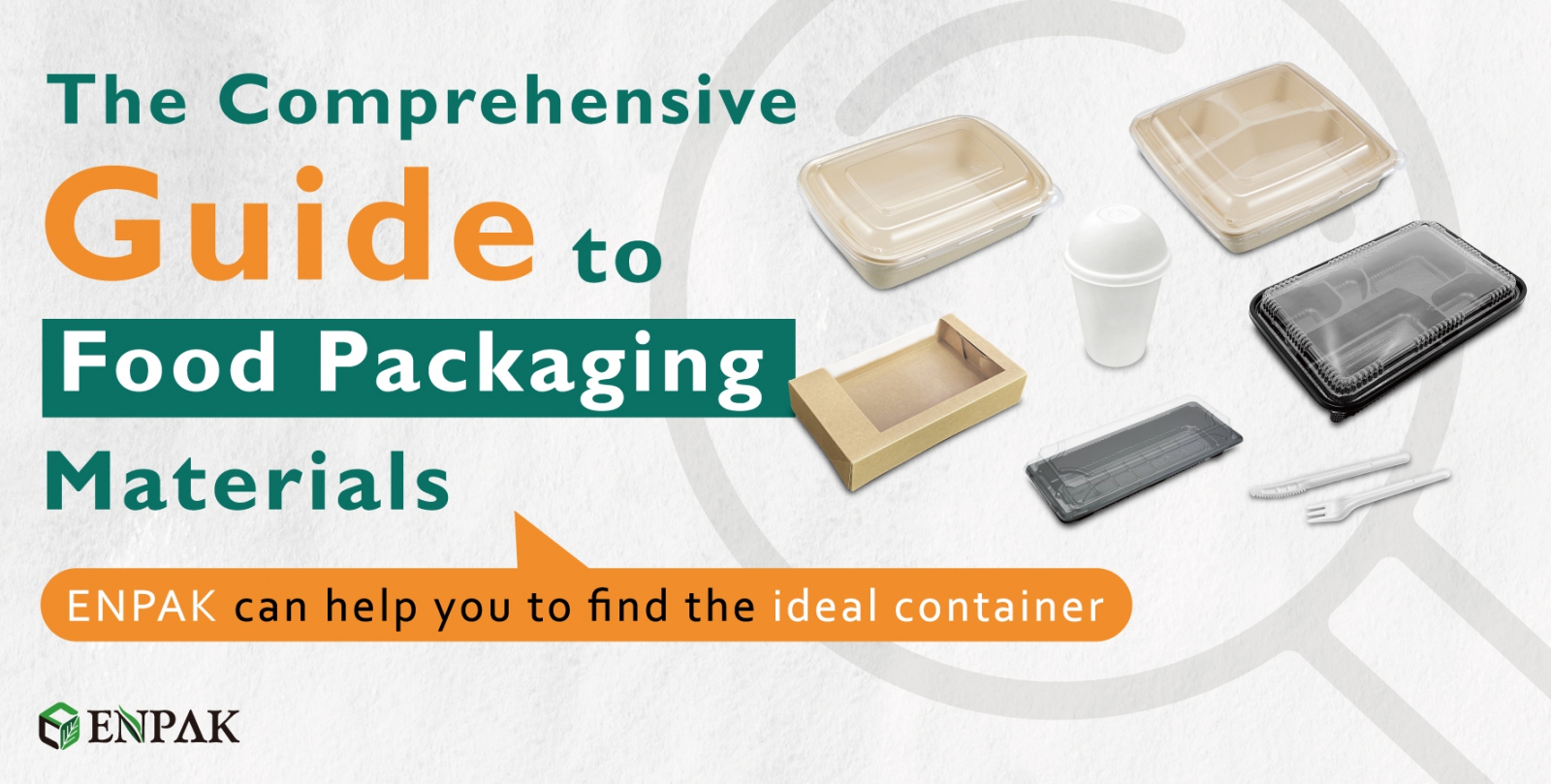
It is incredibly disappointing to find your takeaway meal has leaked onto your car's carpeting due to its inadequate packaging. This is an experience that almost everyone has had. However, most people don't give much importance to food packaging materials and see them only as something that requires disposal, but packaging materials play a vital role. From the moment products leave the production line until the customer purchases them, food packaging ensures the safety, freshness, and accessibility of the food we rely on to survive. For consumers, food packaging guarantees the quality and safety of the products they purchase. As for the restaurant business, packaging is about keeping the fine balance of preservation, branding, and sustainability. Therefore, food packaging materials act as a superhero cloak for your groceries, safeguarding them and ensuring they stay fresh from the store to your table. In this complete guide, we will explore different food packaging materials, the history behind the industry, the different types available nowadays, the pros and cons of each, and the exciting innovations in the future.
Table of contents
- The history of food packaging
- Food Packaging And Its Types
- 3 Tips for Choosing the Right Food Packaging Material
- Consumer Trends and Expectation
The history of food packaging
Early food packaging methods, while basic, demonstrated remarkable creativity. Ancient cultures utilized readily available natural resources such as foliage, hollowed-out plant materials, and animal hides to safeguard and carry their food supplies. These simple containers provided rudimentary protection from environmental factors and insects. Classical societies like those of Greece and Rome employed earthenware containers for storing and moving various goods, including oils and wines. These vessels not only provided protection but also played a role in preserving the contents due to the non-reactive nature of clay. In Egypt, the developments took place in the form of glass blowing and molding techniques. Glass was molded into different forms to store food and water. Food packaging continued to advance, with innovators like Nicholas Appert leading the way. Appert's glass preservation technique laid the groundwork for today's metal canning. In the 1880s, Quaker Oats pioneered the use of cardboard boxes for packaging cereals, marking another significant step in packaging evolution. The Industrial Revolution brought about massive changes in food packaging. Peter Durand's early 19th-century invention of the tin can was a game-changer for food preservation and distribution. This sealed container became crucial for sustaining military forces, enabling extended maritime journeys, and significantly increasing the longevity of diverse food products. The turn of the 20th century saw the emergence of paperboard and cardboard as packaging materials. Cereal boxes, in particular, became synonymous with packaged foods in grocery stores. The advent of plastics in the 1950s further diversified packaging options. These lightweight, adaptable, and easily shaped materials transformed the industry, though they also brought new environmental concerns to the forefront.Food Packaging And Its Types
Food packaging materials play a crucial role in preserving the freshness and quality of our favorite meals and snacks. There is a wide variety of food packaging materials. Each material has its benefits and disadvantages. Here are the most common food packaging materials:Plastics Food Packaging
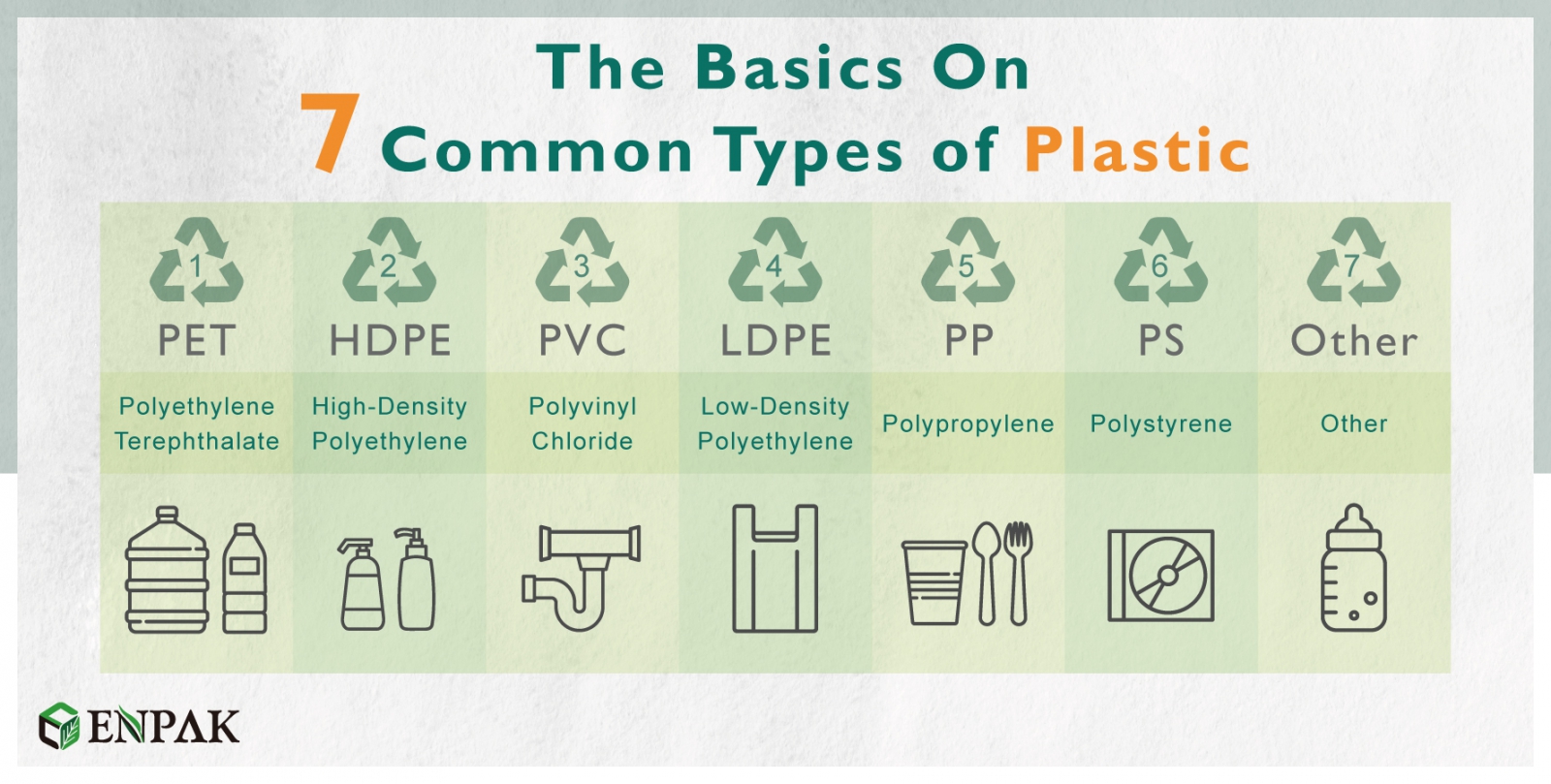
Plastic packaging is one of the most common types of packaging used in the food industry, widely used for the packaging of dry as well as wet foods. Plastic is lightweight, versatile, and cost-effective. It can be molded into various shapes and is readily available. However, many plastics are not easily biodegradable, contributing to environmental concerns. While some types can be recycled, many end up in landfills or oceans, causing pollution or other environmental damage.
Take your nearest plastic product, the lunch box you brought from the store, or your water bottle. Study closely, you might find a number at its back or bottom. Actually, plastics can be classified into seven main categories depending on their chemical structure and composition. Each class has a number and a symbol indicating the plastic type. These symbols are usually found on the bottom of plastic containers and products. Here are the most common types of plastic and their characters:
#1 PETE or PET (Polyethylene Terephthalate)
#2 HDPE (High-Density Polyethylene)
#3 PVC or V (Polyvinyl Chloride)
#4 LDPE (Low-Density Polyethylene)
#5 PP (Polypropylene)
#6 PS (Polystyrene)
#7 Other
#1 PETE or PET (Polyethylene Terephthalate)
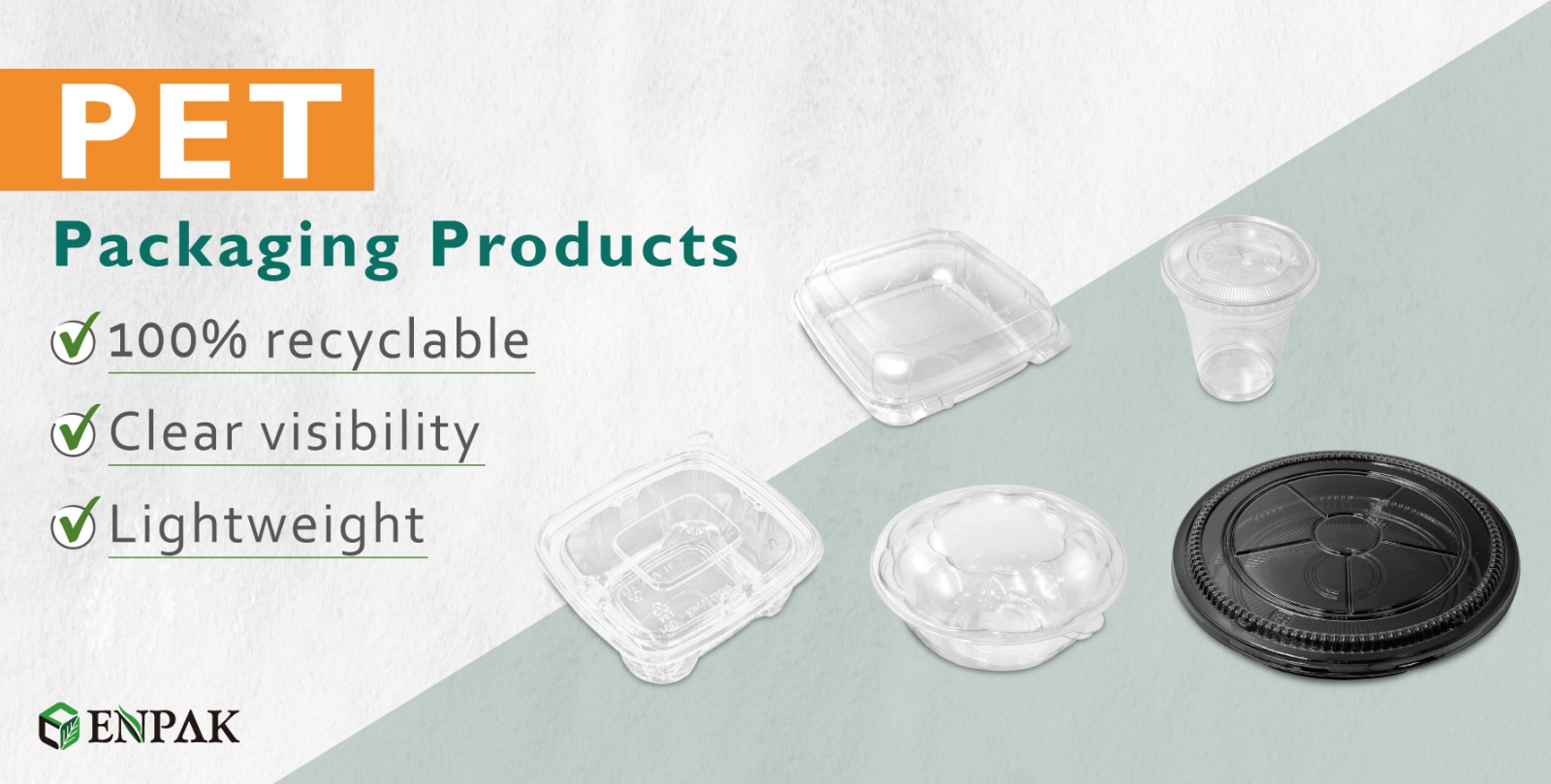
Polyethylene Terephthalate (PET) is one of the most commonly used plastics. It's lightweight, strong, typically transparent, and is often used in food and drink packaging. The transparency of PET can help to highlight the dish, enabling consumers to clearly see all the contents at a glance. This makes it an ideal choice for partners selling visually-appealing cuisines, such as salad, bread and cake ,and more. PET also can help to keep the carbon dioxide in carbonated drinks from escaping. Although PET is most likely to be picked up by recycling programs, it contains antimony trioxide, a substance that is considered a carcinogen in living tissue. For those looking for PET containers, here are our selected PET packaging products:
 | 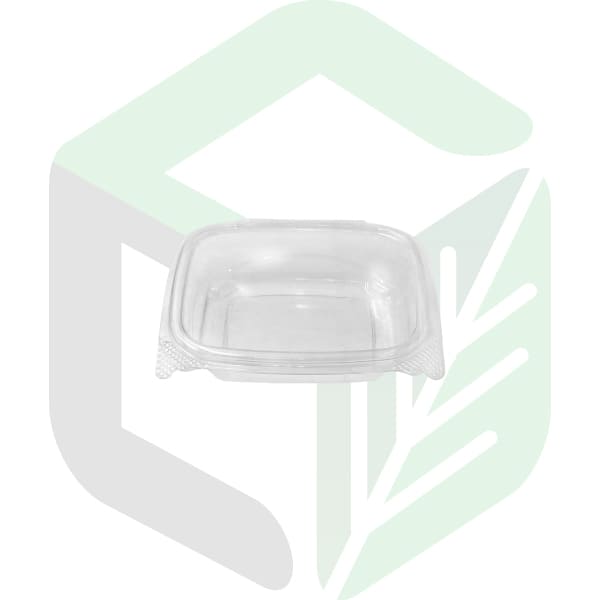 | 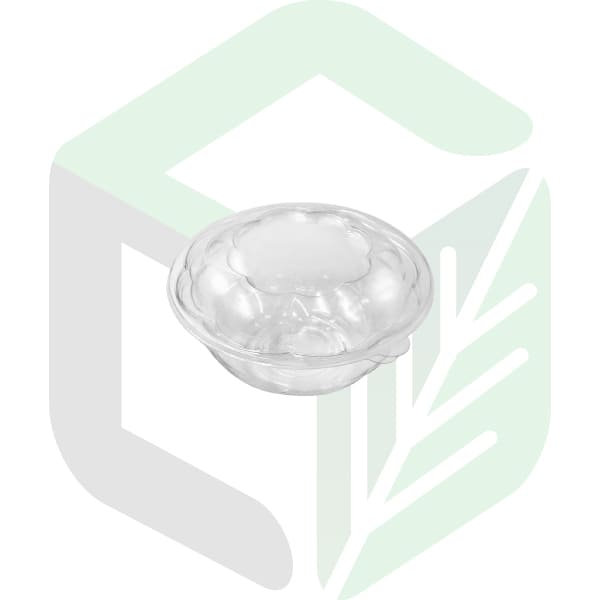 | 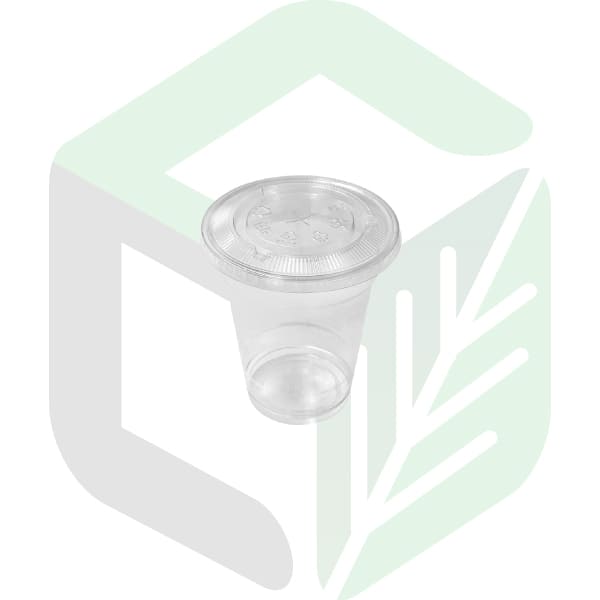 |
| PET Clear Tamper Evident Salad Boxes 16oz | PET Clear Clamshell Salad Boxes 8oz | PET Clear Round Poke Bowls 24oz | Anti-Fog PET Clear Cold Drink Cup 16oz |
#2 HDPE (High-Density Polyethylene)
Polyethylene is the most common plastic in the world, but it's classified into three types: high-density, low-density, and linear low-density. High-Density Polyethylene is strong and resistant to moisture and chemicals, which makes it ideal for cartons, containers, pipes, and other building materials. HDPE is a plastic-type commonly used in grocery bags, opaque milk, juice containers, shampoo bottles, and medicine bottles. HDPE is not only recyclable, but also relatively more stable than PET. It is considered a safer option for food and drink use, although some studies have shown that when exposed to ultraviolet light, it can leach estrogen-mimicking additive chemicals that could disrupt the human hormonal system.#3 PVC or V (Polyvinyl Chloride)
Polyvinyl chloride is the world's third-most widely produced synthetic plastic polymer. It comes in two basic forms: rigid and flexible. Polyvinyl chloride is typically used in toys, blister wrap, cling wrap, detergent bottles, loose-leaf binders, blood bags, and medical tubing. When mixed with other substances, it can be made softer and more flexible and applied to plumbing, wiring, electrical cable insulation, and flooring. Despite its many advantages, and efforts made by the plastic industry to increase its recyclability, PVC is still hardly recyclable and should therefore be avoided whenever possible. In terms of toxicity, PVC is considered the most hazardous plastic. Its use may leach a variety of toxic chemicals such as bisphenol A (BPA), phthalates, lead, dioxins, mercury, and cadmium. Several of the chemicals mentioned may cause cancer. They could also cause allergic symptoms in children and disrupt the human hormonal system.#4 LDPE (Low-Density Polyethylene)

Contrary to HDPE, LDPE is characterized by low-density molecules, giving this resin a thinner and more flexible design. It has the simplest structure of all the plastics, making it easy and cheap to produce. It's often used as a liner inside beverage cartons, and in corrosion-resistant work surfaces (such as laboratory countertops) and other products. Although some studies have shown that LDPE could also cause unhealthy hormonal effects in humans, it is considered a safer option for food and drink use. Unfortunately, this type of material is quite difficult to recycle.
#5 PP (Polypropylene)
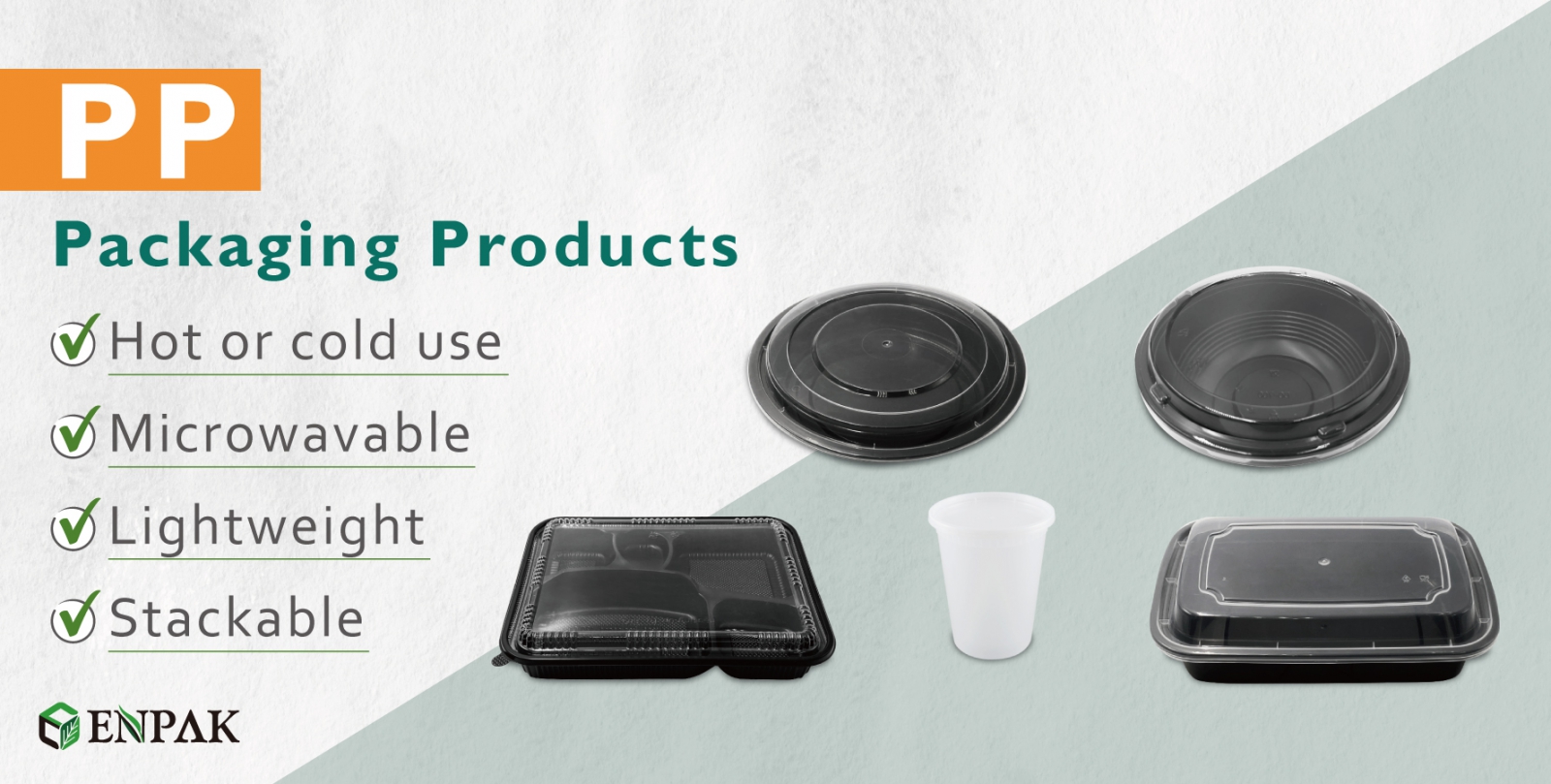
Polypropylene (PP) is the second-most widely produced commodity plastic and its market is forecasted to grow even more in the following years. It is more heat resistant than some others, which makes it ideal for such things as food packaging and food storage that's made to hold hot items or be heated itself. PP is flexible enough to allow for mild bending, but it retains its shape and strength for a long time. Like LDPE, PP is considered a safer plastic option for food and drink use. It's a good material for baby milk bottles, as long as it is made of food-grade plastic and identified as "BPA-free." Despite its many beneficial qualities, PP isn't entirely recyclable and could potentially cause asthma and hormone disruption in humans. For those seeking high-quality, durable, and food-safe packaging solutions, we offer a range of PP packaging products that combine heat resistance, flexibility, and strength to meet various food storage and serving needs.
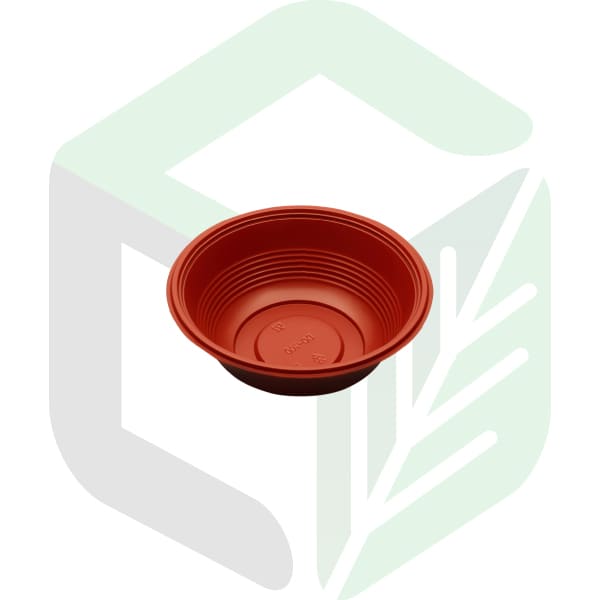 | 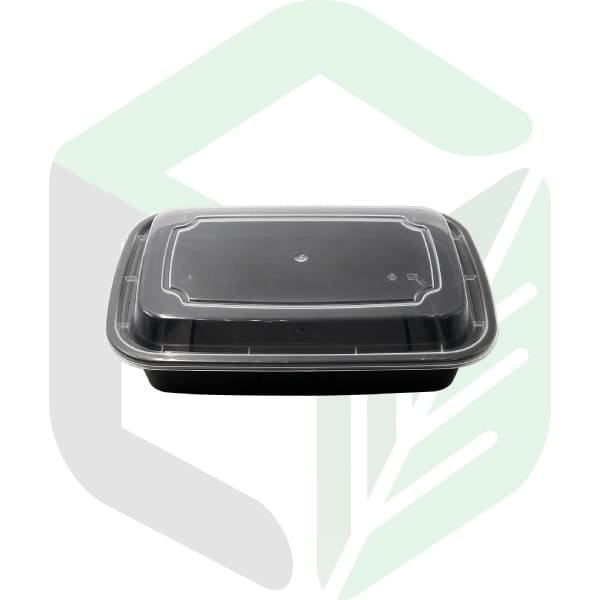 |  |  |
| Microwavable PP Round Donburi Bowls 700mL | Microwavable PP Rectangular Lunch Boxes 32oz | Microwavable PP Round Lunch Boxes 32oz | Microwavable PP Rectangular Side Dish Boxes _ 3 Compartments |
#6 PS (Polystyrene)
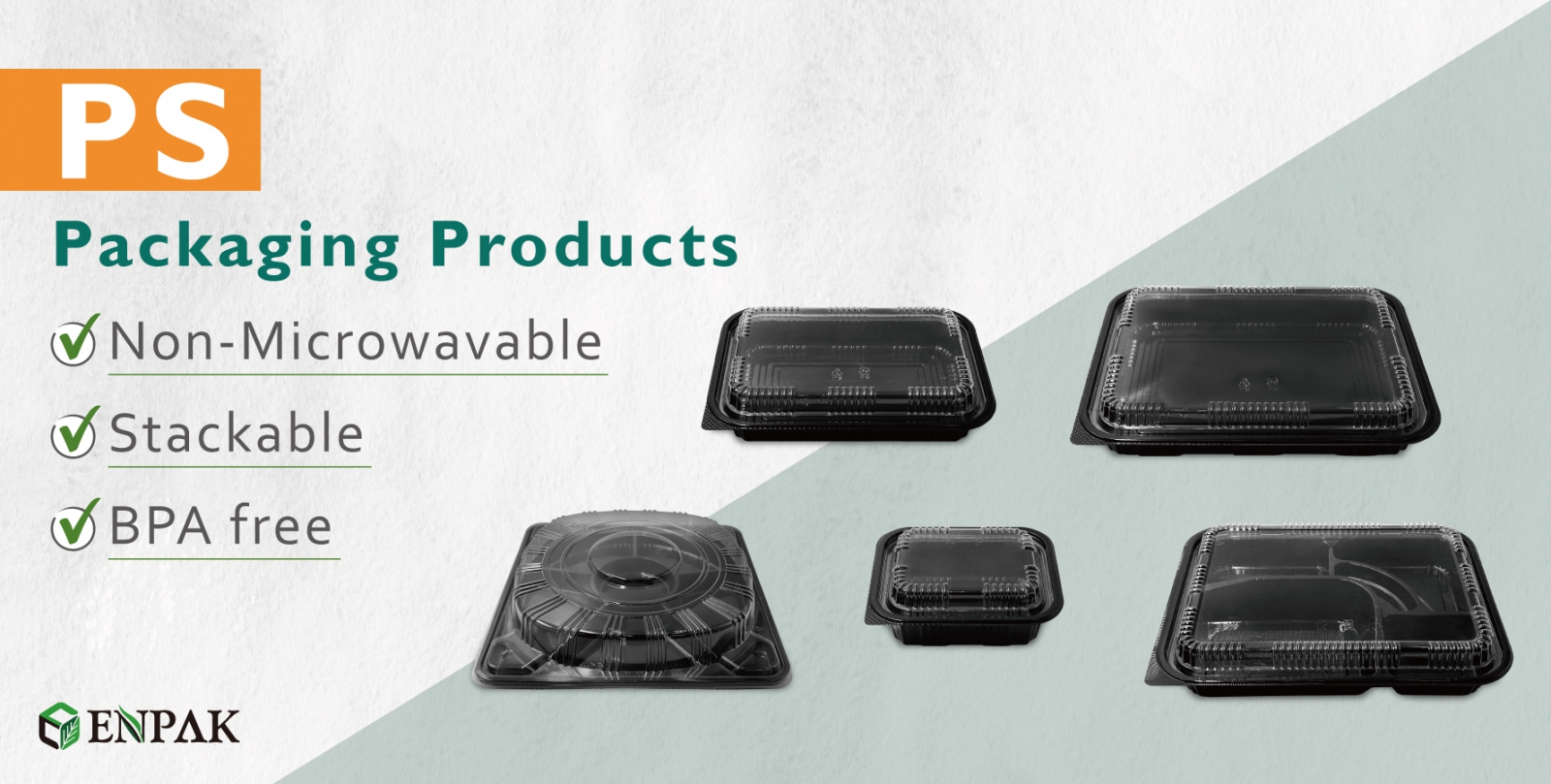
Polystyrene is the sixth type of plastic on the list and it can be solid or foamed. It is a very inexpensive resin per unit weight and easy to manufacture. For these reasons, it can be found everywhere: from beverage cups, insulation, packing materials to egg cartons and disposable dinnerware. Better known as Styrofoam, this rigid plastic is low-cost and insulates very well, which has made it a staple in the food, packaging, and construction industries.
Like PVC, polystyrene is considered to be a dangerous plastic. It can leach harmful toxins such as styrene (a neurotoxin), which can be absorbed by food and thus ingested by humans. Environmentally speaking, it's among the worst types of plastic: first, it is not biodegradable. Second, polystyrene foam blows in the wind and floats on water due to its low specific gravity. Animals may mistake it for food, leading to serious health effects for birds or marine animals that ingest it. When exposed to hot and oily food, PS could leach styrene, which is considered a brain and nervous system toxicant. As a result, we recommend using PS for cold snacks and similar food items. Here are our selected PS packaging products:
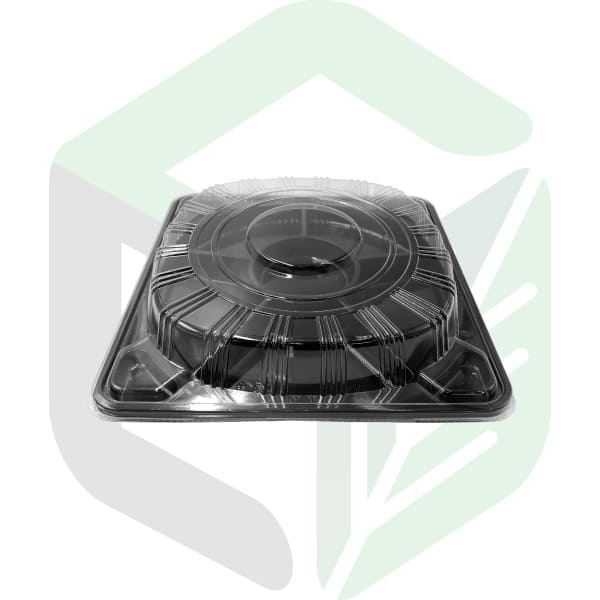 | 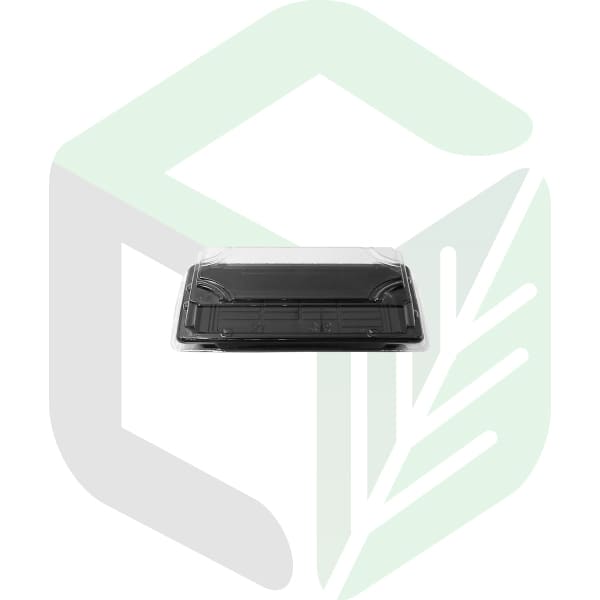 | 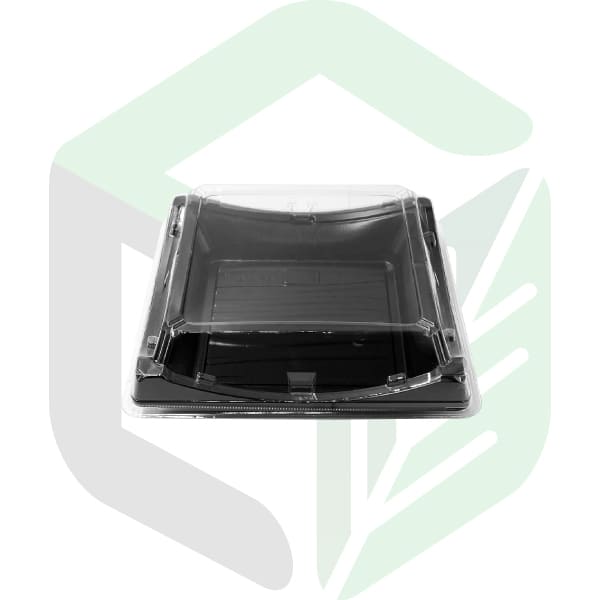 |  |
| Non-Microwavable PS Square Party Trays | Non-Microwavable PS Rectangular Sushi Trays | Non-Microwavable PS Square Sushi Boxes | Non-Microwavable PS Rectangular Bento Boxes _ 5 Compartments |
#7 Other
If plastic cannot be identified in the six types above-mentioned, then it will be included in group number 7. The best-known plastics of this group are polycarbonates (PC) used to build strong, tough products. PC isn't used as much in recent years due to it being associated with bisphenol A (BPA). PC is also known by various names: Lexan, Makrolon, and Makroclear. Despite these concerns, PC is primarily used for products like baby bottles,, sippy cups, water bottles, water gallons, metal food can liners, ketchup containers, and dental sealants. Due to its toxicity, several countries have banned the use of PC for baby bottles and infant formula packaging. The BPA contained inside PC has been linked to numerous health problems including chromosome damage in female ovaries, reduced sperm production in males, early onset of puberty, and various behavioral changes. On top of this, plastics numbered 7 are rarely recyclable.Comparison:
| Max. Temperature Resistance | Resistence to Heat | Microwaveable | General Uses | |
| #1 PET | 60°C | Poor to Fair | X | Salad, Fruit, Bread, Cake |
| #2 HDPE | 110°C | Good | X | Detergents, Syrups, Industrial, Cleaning Products |
| #3 PVC | 70°C | Poor to Fair | X | Cosmetics, Edible Oils, Vinegars |
| #4 LDPE | 65°C | Fair | X | Frozen foods |
| #5 PP | 110°C | Good | V | Hot foods |
| #6 PS | 70°C | Poor to Fair | X | Sushi, Sashim |
Paper Food Packaging
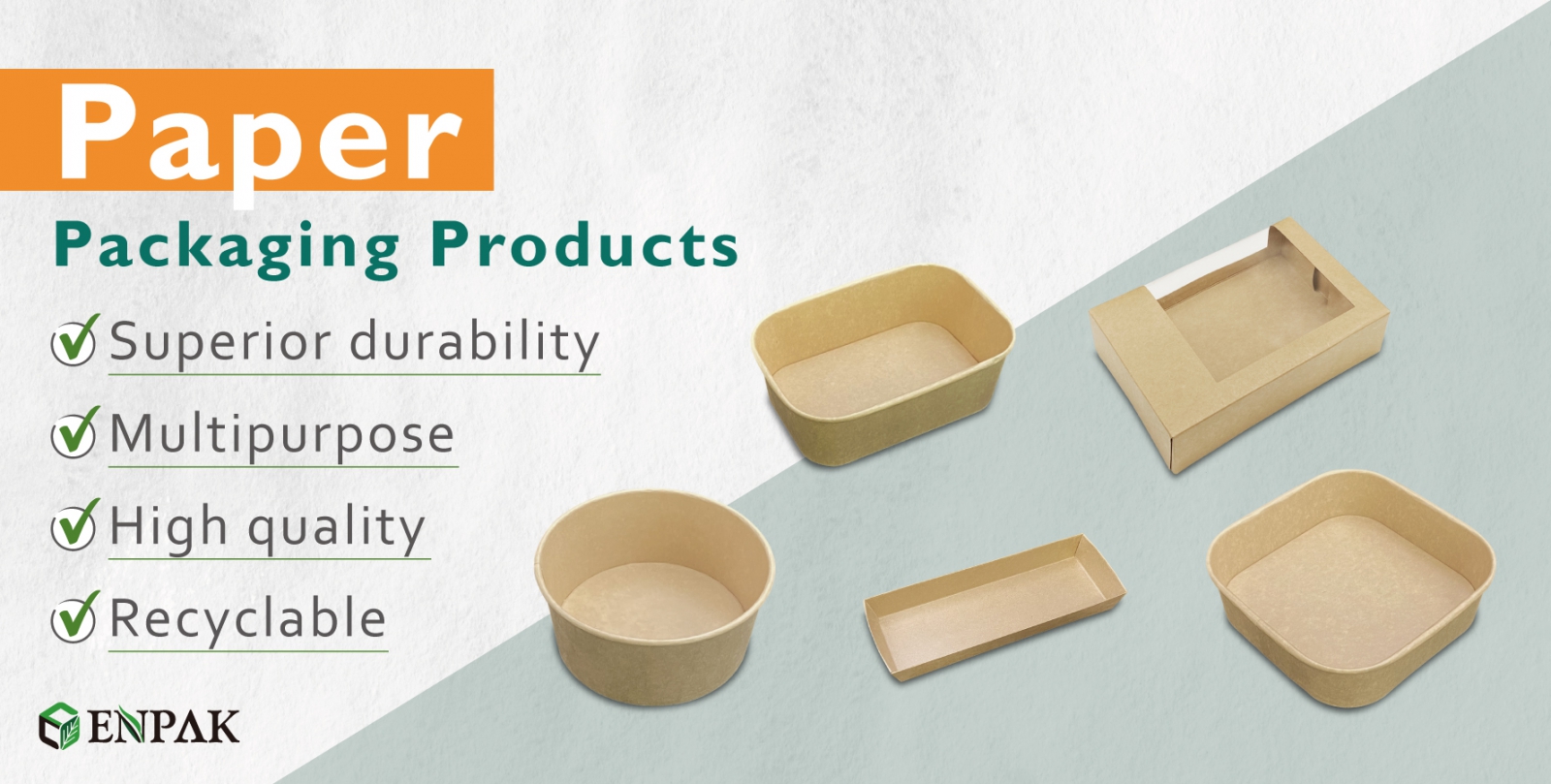
Paper food containers are a widely recyclable packaging option. They are versatile and collapsible, which minimizes storage space. This material is commonly used to pack dry food items like rice, lentils, and flour. If you choose this option and plan to use it for foods with moisture or oils, be sure to pick a paper container that has a grease-resistant coating, though this may affect recyclability. The most popular type of paper food container on the market is the kraft paper food box. It provides a sturdy and eco-friendly option for various food products. For more information about our kraft paper food boxes, stay tuned for our upcoming dedicated article. For now, here are introduce our selected paper packaging products:
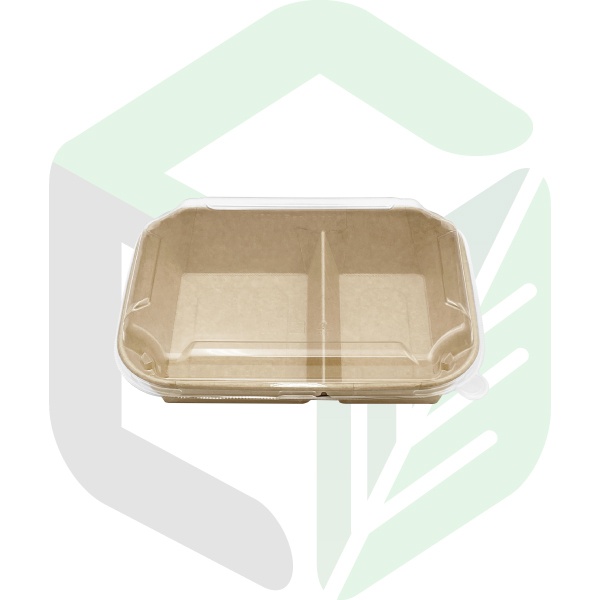 | 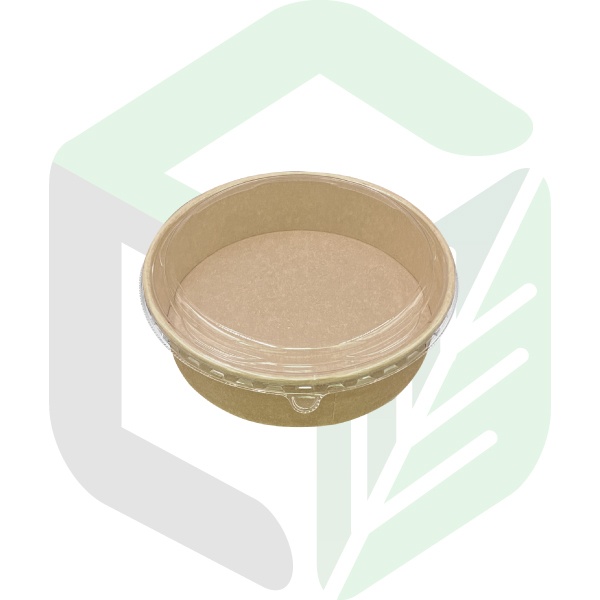 | 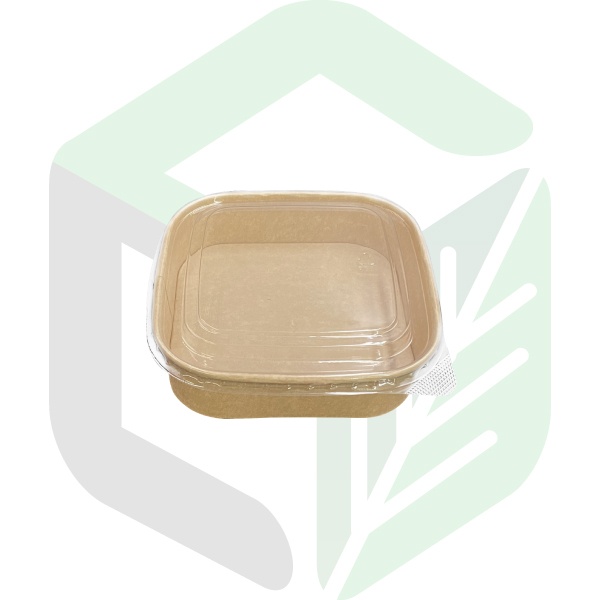 |  |
| Kraft Paper Rectangular Boxes 1050ml_35oz_2 Compartments | Kraft Paper Round Boxes Φ18.3cm 1000ml _ 32oz | Kraft Paper Square Boxes 1000mL _ 32oz | Kraft Paper Rectangular Boxes 750mL _ 24oz |
Compostable Fiber Food Packaging
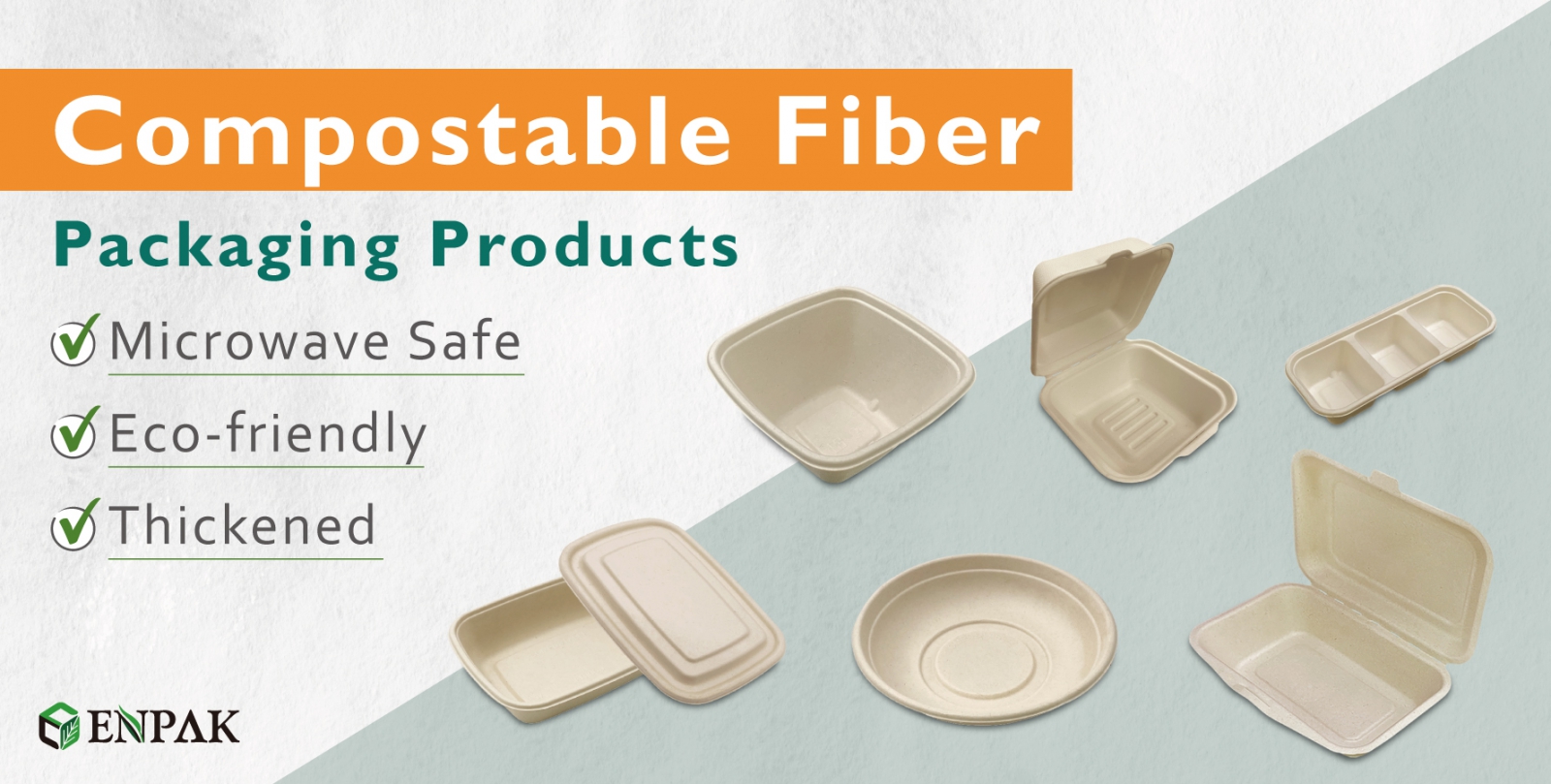
With increasing environmental awareness, businesses and consumers are prioritizing sustainable practices, especially in food packaging. Opting for sustainable packaging not only reduces carbon footprints but also appeals to environmentally conscious consumers, leading to positive economic impacts for businesses in the food sector. Compostable Fiber Food Containers derived from renewable sources like cornstarch, sugarcane, or potato starch. Compostable fiber packaging stands out as one of the most eco-friendly options for food packaging. Typically made from bamboo pulp, wood pulp, and sugarcane bagasse, this packaging can withstand temperatures up to 110°C and has renewable properties. It can be directly buried in soil for natural decomposition. It's important to note that since these fiber containers are primarily made from plant materials, most of them don't contain plastic lining and lack waterproofing capabilities. When using these containers, it's best to avoid soups and sauces.
We are proud to offer a range of sustainable fiber-based food packaging solutions. Our products are crafted from eco-friendly materials such as bamboo pulp, wood pulp, and sugarcane bagasse, aligning with the growing demand for environmentally responsible packaging. By choosing our products, businesses can take a significant step towards reducing their environmental impact while meeting the expectations of eco-conscious consumers. Here are our selected compostable fiber packaging products:
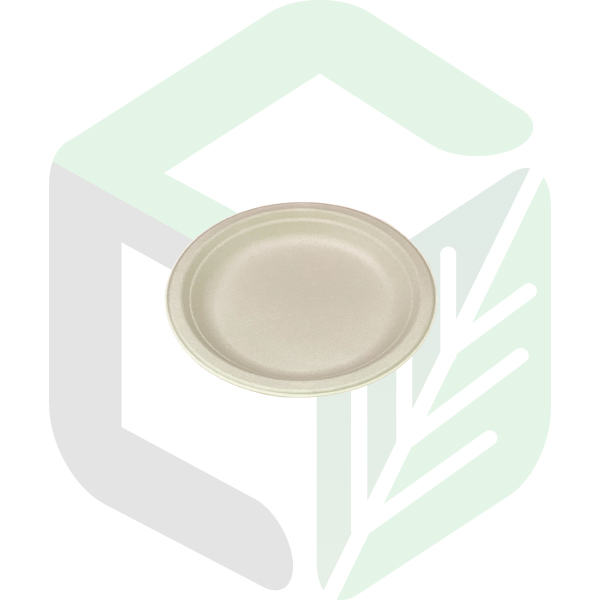 | 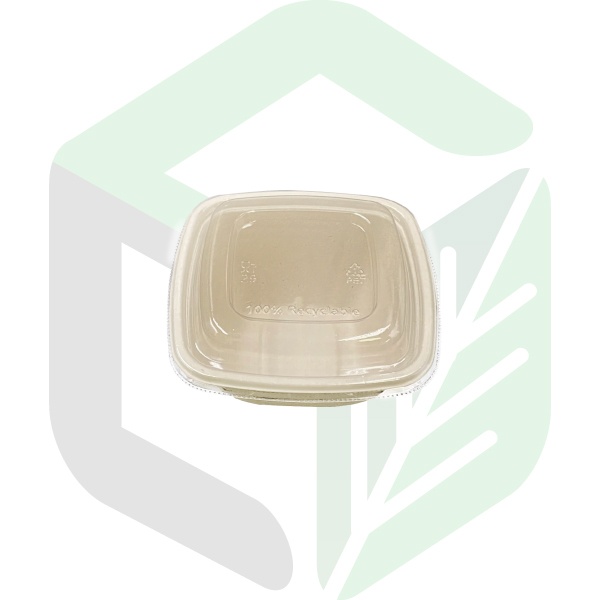 | 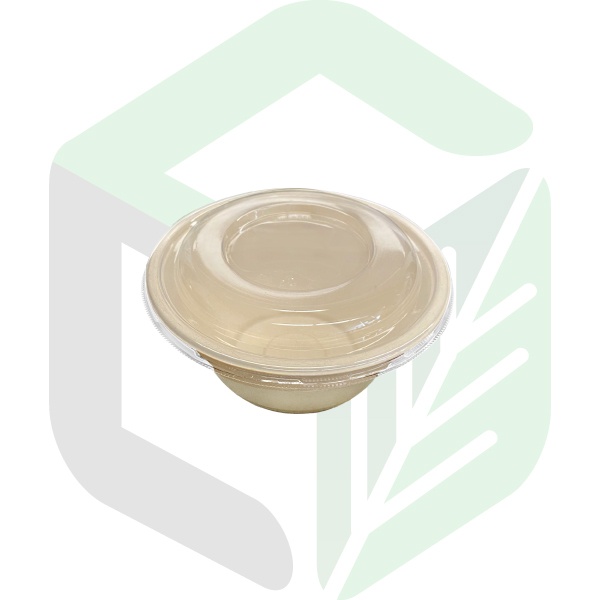 | 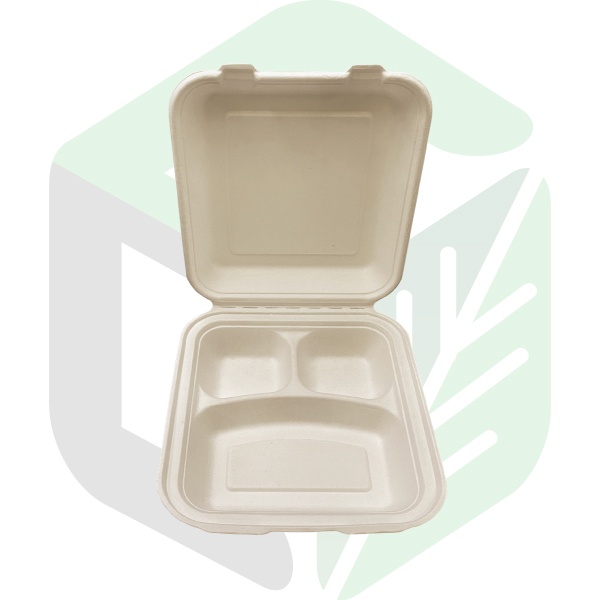 |
| Compostable Round Plates 9 Inches | Compostable Square Boxes 500mL | Compostable Round Donburi Bowls 1000mL | Compostable Square Clamshell Boxes 8 Inches _ 3 Compartments |
Metal
Metals are known for their durability and airtight sealing properties. They effectively preserve food and are highly recyclable. Examples include aluminum cans for beverages and steel cans for canned vegetables. However, metals also have their downsides. They can be heavy, and their production has an environmental footprint, including energy usage and mining impacts.Glass
Being 100% recyclable, glass does not degrade or lose quality over time. Its non-porous nature makes it an ideal material for storing food without contamination. Glass packaging is renowned for its premium look and feel, making it suitable for various food products like sauces, jams, and beverages. However, it is fragile and heavy, making it less suitable for some applications. Glass can also be more energy-intensive to produce than other materials. As one of the most inert food contact materials, it can be used to pack anything whether dry, wet, or even acidic. It is used extensively to make containers and bottles in primary packaging for juices, oils, syrups, and other liquids.
3 Tips for Choosing the Right Food Packaging Material
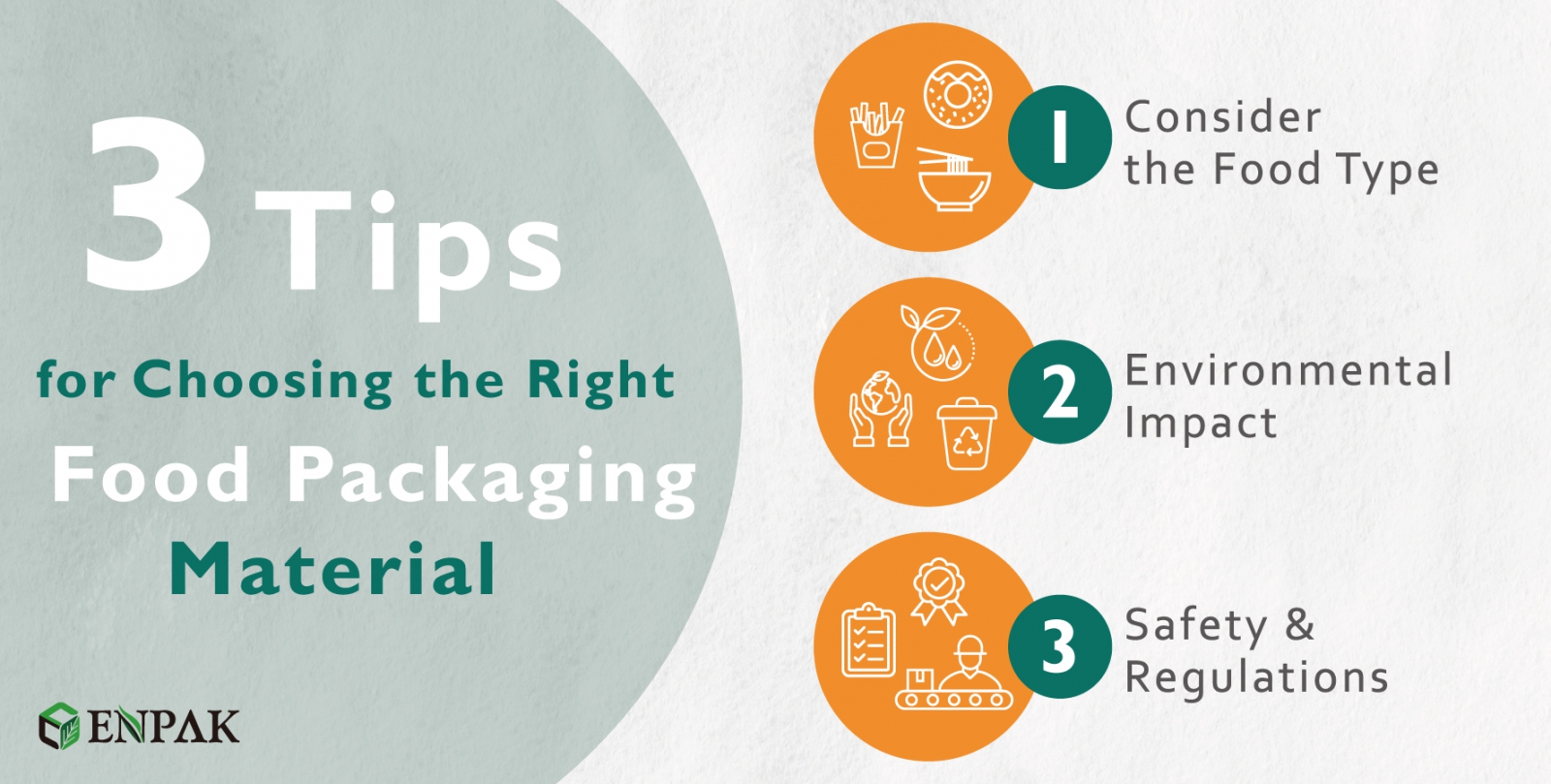
With so many options, you may still be wondering what the best food packaging choice is for your business. Considering the needs of your business will help you make this decision, and here are three essential tips to help you make the right choice:
Consider the Food Type
Each type of food requires special packaging types. Does your restaurant specialize in pretty desserts? If so, plastic food packaging would allow customers to enjoy the food display before they consume it.Environmental Impact
Prioritize eco-friendly packaging materials for food that decompose naturally, minimizing environmental impact. Sustainable packaging options like compostable fiber and bio-based materials rapidly break down without leaving harmful residues.Safety and Regulations
Ensure that packaging materials meet local food safety rules; Standards prevent harmful substances from contaminating food, ensuring consumer safety. Beware of hazards like BPA in plastics; Opt for BPA-free materials to prevent food contamination.Consumer Trends and Expectation
With growing environmental awareness, consumers increasingly demand responsible packaging practices from brands. A recent study found that more than 70% of consumers are prepared to pay a premium for sustainably packaged food products. This shift in consumer preferences highlights the importance for companies to invest in environmentally friendly packaging options and effectively convey their sustainability initiatives to their customer base.The significance of this trend becomes clear when we consider how ubiquitous food packaging is in our daily lives. For the majority of consumers, food consumption involves some form of packaging that facilitates the transportation and preservation of food products. As the demand for sustainable options continues to grow, the packaging industry presents a promising future for those investing in innovative, eco-friendly solutions.
In this evolving landscape, ENPAK has positioned itself as a leading provider of food packaging solutions trusted by numerous high-end packers. We are committed to offering sustainable packaging solutions that not only meet regulatory standards but also align with our customers' environmental goals.
Join the growing number of businesses prioritizing sustainability and meeting consumer demands for eco-friendly packaging. Explore ENPAK's extensive range of packaging products, including disposable cups, bowls, takeaway boxes, and options in various materials. Contact our team today to learn how our innovative, sustainable packaging solutions can elevate your brand and contribute to a greener future.
Visit our website or reach out to us directly for more information and to place your order. Let’s work together to make a positive impact on the environment and your business!
